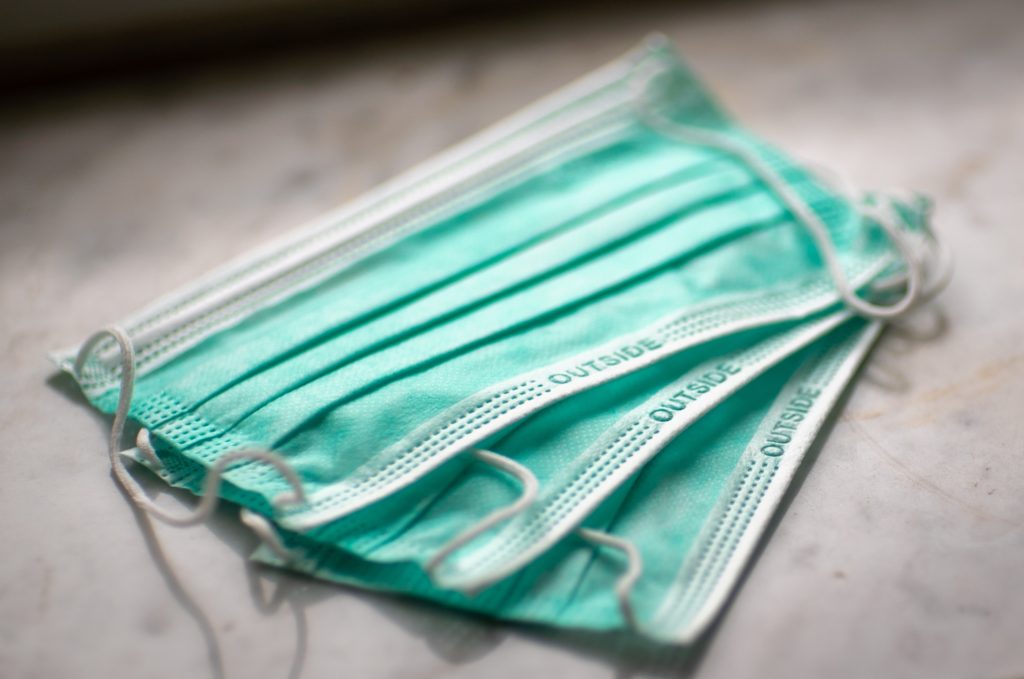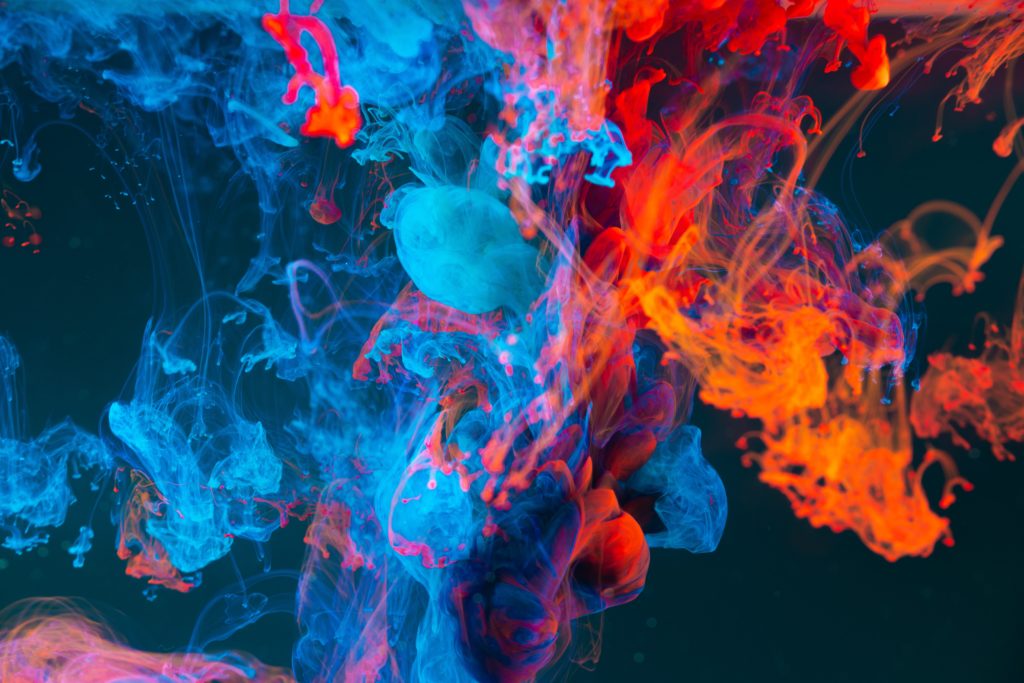
The Colours of COVID
Sasha Perugini takes a deep breath, and reflects on how we will remember this period of lockdown, and what lessons we might learn from it.
So I’ve been holding my breath. A soul-apnea perhaps, if souls had lungs. I just realised. I began holding my breath, and stifling my sighs too, on February 20. Any air I have been able to gasp since then has been artificial, and in minimal amounts, just enough to allow me to continue potholing in a parallel universe – and I am claustrophobic.
Air which is filtered by a mask (as per the legal requirement in Italy) makes breathing difficult and re-heated. An air that encourages silence because it fears infection from viruses and words.
The first of these air-less explorations is the one navigating the “cave” whose walls are plastered with maps of COVID numbers. I started obsessively monitoring them in mid-February as I realized I had to face the decision of whether to repatriate students from our study abroad programme – 351 of them, from Florence to the United States. A difficult decision to face …
Instead of waking up listing the things I’m grateful for, now, as my first morning routine, I’m checking COVID data. Two sites, even before I get up and caffeinate myself: that of the John Hopkins University Covid Resource Center (JHU) and that of Worldometers (WM).

The first, in black and red as befits an Amazon Video political sci-fi series, updates faster than Worldometers and with its pulsating red dots leads me to believe that the intention to alarm the reader is deliberate.
The second site presents more reassuring white pages crossed by coloured lines: dark yellow for the deaths and green for the recovered cases. It offers curved lines, and perhaps only for this reason, makes for more encouraging reading. When the graphs of deaths and new cases are going down, I feel an impalpable sense of relief.
Who knows what will be the visual memory that will come back to me, many years from now?
Will it be the black and red of the JHU site, so reminiscent of the Nazi paint-palette? Maybe the orangey lines of the deaths of WM or the surgical green of the masks we wear? Or grey perhaps, the grey from the cocktail made with all the words of COVID articles, blogs, tweets and posts which I have read with alleged information, opinions, controversies, accusations, debates, complaints, piercing questions, claims and empty rhetoric that at times seems obsolete only to me.

Or maybe I will remember the blue of my nine-year-old son’s hands which remained stubbornly dyed for weeks after our failed attempts at producing homemade slime.
The blue that will remind me of how unaccustomed and clumsy I feel in this kind of maternity that has no air pockets and in which he sits next to me in silence while the academic in me is leading so-called strategic meetings in front of numerous tiny squares inhabited by blurred faces (some in motion, some frozen) in the cyber-building called Zoom, or Teams, or Skype or…
Or maybe it will be the colour red, red as in the stop signs, or red as in traffic lights, that red that is meant to alert us, to halt us, to make us admit that a stop was necessary and that we went too far, too fast, too fiercely.
But what colour does breathing have?

I remember, upon awakening from anesthesia after my heart operation, the burning in my throat and the difficulty in breathing, a metaphor suitable for this period in which the sense of lack of air is as widespread as pollution once was.
We seem to live in a collective and apparently peaceful claustrophobia. Globally caught between the opportunity to despair and the awareness that it is necessary to be humble and patient and, all things considered, grateful.
Writing used to be my breathing. Not any more. There’s no time, no space, no vacuum where I can temporarily hide to recover a sense of self, and a profound, truly oxygenating breath.
What a paradox we face, the air is cleaner and less polluted than at any time in our lives yet it is infected by an invisible royal virus that may attack our lungs to the point of impeding us from breathing.
We were too disrespectful for Mother Nature to tolerate any further misconduct: pause, halt, slow down, buy less, eat less, perhaps kiss less…
It’s time to turn back, to re-emerge from the cave and re-learn to breathe, in and out, and time to let go of a few bad habits and start to draw with new colours.
Like what you’ve read? Consider supporting the work of Adamah by making a donation and help us keep exploring life’s big (and not so big) issues!


7 Comments
Rolland Grissett
Wonderful post but I was wanting to know if you could write a litte more on this subject, thanks!
g
I don’t even know how I ended up here, but I thought this
post was good. I don’t know who you are but definitely you’re
going to a famous blogger if you are not already 😉 Cheers!
Vern
Hi there! This blog post couldn’t be written much better!
Reading through this post reminds me of my previous roommate!
He always kept talking about this. I will forward this information to him.
Pretty sure he’s going to have a great read. Thanks for sharing!
Beatris
Do you mind if I quote a couple of your posts as long as I provide credit and sources
back to your webpage? My blog site is in the very same niche as yours and my users
would certainly benefit from some of the information you present here.
Please let me know if this ok with you. Thanks a lot!
Clare Cooper
Hi Beatris, Thanks for your comment. Yes of course, please feel free to quote our posts as long as the due credit is given to our writers and you link the sources back to http://www.adamah.media
We’d be keen to see your site, too.
Thanks for your comment – keep reading and sharing!
Best, Clare
Tegan
Hi there, You’ve done a great job. I will certainly digg it and personally
recommend to my friends. I’m confident they will be benefited from this site.
Clare Cooper
Thanks Tegan! Keep reading and sharing with your friends – we hope our content will be of interest and benefit them.